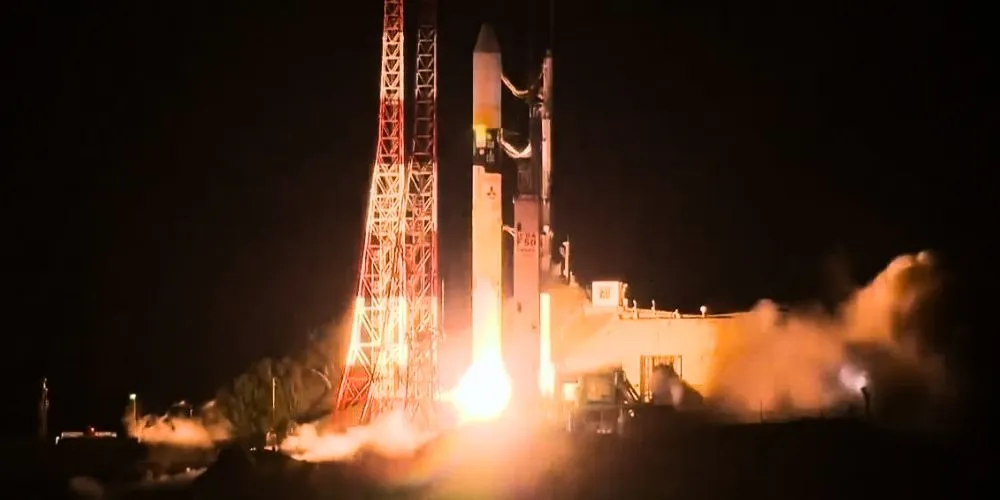Key Points
- Japan’s H-2A rocket successfully completed its 50th and final mission.
- The H-2A, Japan’s main rocket since 2001 with a 98% success rate, is now officially retired.
- Japan is now fully transitioning to its new, cheaper H3 rocket to better compete in the global market.
- The final launch deployed the GOSAT-GW satellite, which will monitor greenhouse gases to help fight climate change.
Japan successfully launched its H-2A rocket for the final time on Sunday, sending a new climate-monitoring satellite into orbit before the rocket program comes to a close. The successful launch marks the end of an era for Japan’s space efforts.
The H-2A rocket, Japan’s most reliable space vehicle for over two decades, lifted off from the Tanegashima Space Center as planned. About 16 minutes later, it safely released the GOSAT-GW satellite into its designated orbit. On the ground, officials and scientists celebrated the flawless final mission, expressing relief after a slight delay earlier in the week due to a technical issue.
This was the 50th and final flight for the H-2A, which has served as Japan’s primary rocket since its debut in 2001, boasting a near-perfect 98% success rate. Its retirement makes way for Japan’s new flagship rocket, the H3, which is designed to be more cost-competitive in the fierce global market for satellite launches. The H3 has already begun operations and, after a failed first launch, has had several successful flights.
The newly deployed GOSAT-GW satellite will play a crucial role in combating climate change. It will monitor greenhouse gases, such as carbon and methane, in the atmosphere, providing high-resolution data to scientists and weather agencies worldwide, including the U.S. National Oceanic and Atmospheric Administration (NOAA).
For Japan, the transition to the less expensive H3 rocket is a key part of its strategy to secure a larger share of the growing commercial space launch market.










